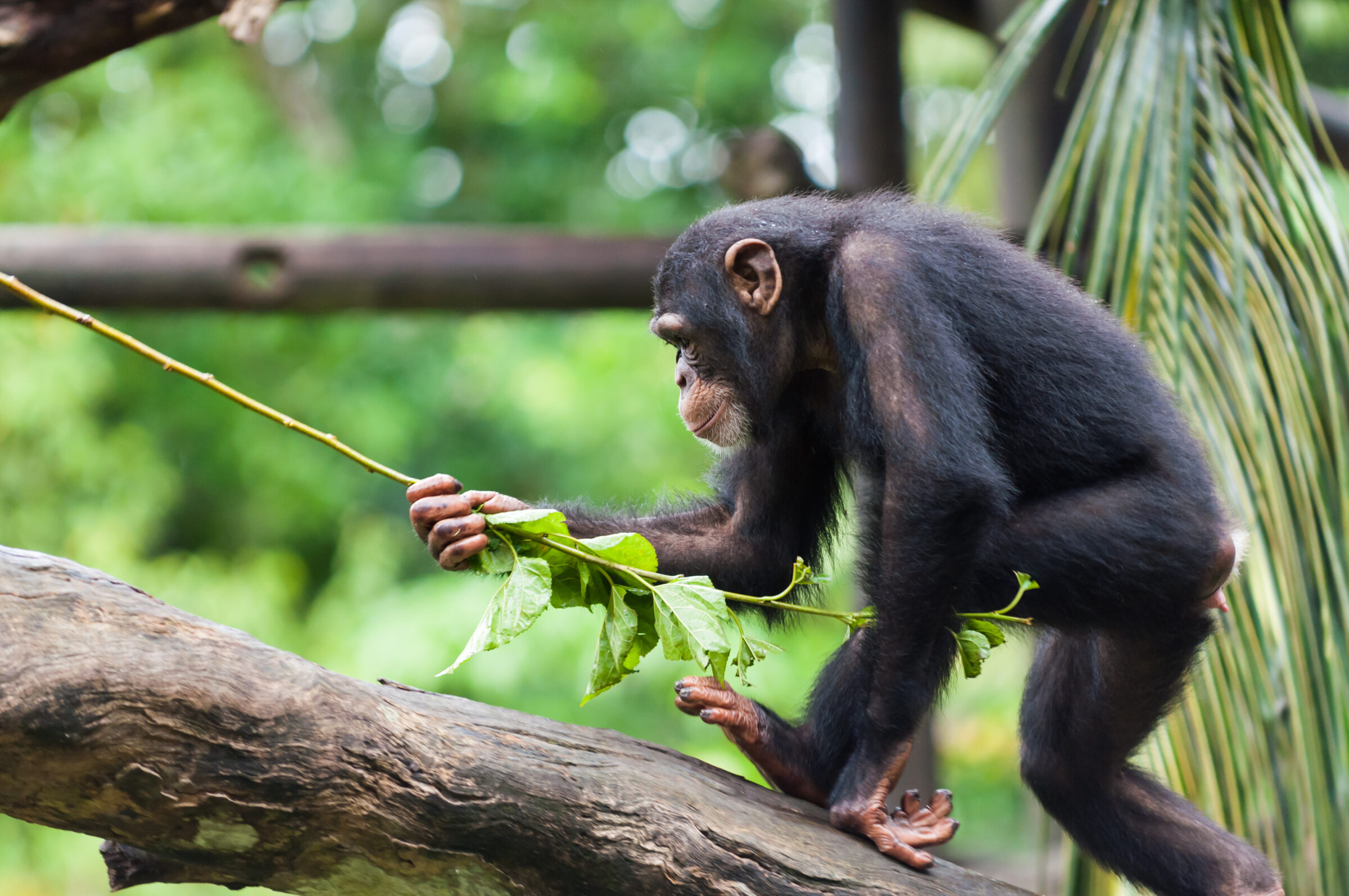Why Humans Can’t “Share the Spotlight” with Tool-Using Animals
Crossposted at Mind MattersAt Sapiens, Oxford archaeologist Michael Haslam and Harvard archaeologist Abigail Desmond offer a fascinating look at the way animals use tools. It’s marred by a mental “short circuit” (I am not sure of a better way to describe it) about human beings.
They are not happy with human exceptionalism at all. For example, they write, “Archaeologists have long considered tool use to be an evolutionary milestone that distinguished our lineage from other animals. Humans were considered the technological species.” Indeed, their purpose in writing is to show us that it’s not so.
Before we turn to their argument, let’s look at their claim about archaeologists’ views. If archaeologists indeed think that humans are “distinguished” from other animals, they have made surprisingly little impact on science writing in the last few decades. A staple story line is “See, this animal can use such-and-such a tool. Humans are not special.”
Of course, the ways animals use various features of their environment are remarkable:
… since the mid-20th century, hundreds of nonhuman species have been found busily making use of myriad natural materials. There are orangutans that pry seeds with sticks, elephants that swat flies with trunk-held twigs, bees that place dung to ward off predatory wasps, archerfish that turn water itself into a spear, and many more.
Michael Haslam, Abigail Desmond, “Tools of the Wild: Unveiling the Crafty Side of Nature,” Sapiens, February 7, 2024
Haslam and Desmond mention, among other examples,
Capuchin monkeys making stone tools:
and
Sea urchins covering themselves with debris:
They ask, “Given we now know tool use appears across many different species, do humans still deserve bragging rights?”
Do we still deserve “bragging rights”?
Yes, we still do because there is a short circuit here that no one seems to want to acknowledge. The authors reveal the outage without themselves noticing:
A helpful notion of tool use should work at all scales: from a solitary woodpecker finch probing insects with a cactus spine to a chimpanzee community sharing technologies across generations, from the sharp rock of a hominin ancestor to the Saturn V rocket.
Haslam, Desmond, “Crafty Side of Nature”
The moonbound Saturn V rocket? Stop. That’s an outcome of abstraction, the most significant property of the human mind:
The rocket originates in a quest to know more about the universe. It depends on mathematics and physics, as well as engineering. Its development is irrelevant to any quest for food, mates, or safety. It — along with all similar human endeavors — is in a sharply divergent class by itself.
And this misstep on the part of the authors is a good illustration of the problem that bedevils all efforts to pretend that humans are just like other animals.
Much that Haslam and Desmond have to say is useful, of course:
At its heart, tool use requires individuals, objects, and some kind of physical interaction between them. The tool allows its user to extend or alter their natural abilities. The key is that the object enables novel actions, giving us a starting point for a definition: Tools are enabling objects.
Haslam, Desmond, “Crafty Side of Nature”
That’s a workable definition and it is followed up by a revealing qualification:
Scientists should also avoid lumping an entire species together when talking about “tool users.” As far as researchers have observed, most individual chimps do not use stone tools. And most dolphins, monkeys, octopuses, and crows seem to forgo tools entirely. Instead, this behavior, like many others, is often related to factors such as sex, age or stage-of-life, social role, or individual personality—even in those leaf-sponging ants. For most animals, we know little about the pressures that prompt them to select, modify, and team up with pieces of their world.
Haslam, Desmond, “Crafty Side of Nature”
In short, most life forms do not readily take to using tools, as humans do. And we don’t know how those who do use tools got started, when closely related species didn’t:
What we do know is that their behavior neither derives from nor leads to the abstract thinking that made Saturn V possible.
Sharing the spotlight with whom?
Haslam and Desmond would like a new commonsense category for “animals that use tools,” alongside “animals that burrow or nest, animals that perform courtship displays,” etc., so that we will “see a wonderfully diverse group whose true ingenuity will only shine once we learn to share the spotlight.”
That’s a good example of how the war on human exceptionalism turns otherwise good writing and thinking into nonsense. First, “animals that [do anything]” is an abstraction that depends for its existence — just as the entire discussion and the authors’ whole research area does — wholly on the unique human ability to abstract. That ability radically shifts what tool use becomes in human hands.
We can’t share the spotlight because no rival exists.
Note: Haslam and Desmond’s proposal for a category, “animals that use tools,” is not unique. A brief search on the phrase “Animals that use tools” today yielded many entries. Many of them, to judge from their opening phrases, have picked up the hint that they should begin by announcing that humans are not special because animals, as well as humans, can use tools. So Haslam and Desmond can be glad that they are spared the work of popularizing a useful idea.
